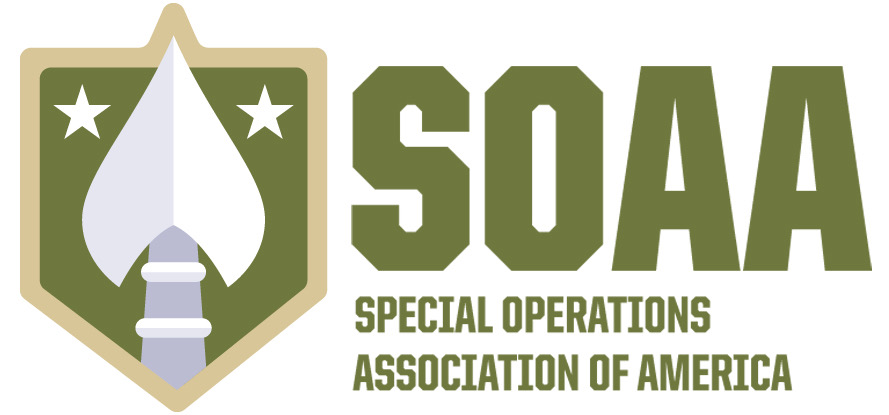Muzzle Blast Overpressure: The Silent Threat Harming Our Operators
The crack of gunfire echoes across training ranges worldwide, but there’s a hidden cost that many don’t realize: Each shot unleashes forces that silently damage the human operators wielding the weapon.
I have seen too many dedicated professionals suffer from Operator Syndrome, a condition that may be, in part, directly linked to the muzzle blast overpressure generated by small caliber firearms. Today, we face a preventable crisis affecting our military personnel, law enforcement officers, and tactical professionals.
The solution isn’t complex technology or experimental treatments. Rather, it’s systematically implementing suppressors across our small arms platforms – not as an afterthought, but as an integrated part of the weapons system.
Not only an issue of operational effectiveness, Operator Syndrome is also about preserving the health and capability of our most valuable assets: our people. We must shift the mindset for suppressor adoption from an optional enhancement to a protective health requirement.
Understanding Overpressure and its Devastating Effects
When a firearm discharges, the combustion of propellant generates intense pressure waves from muzzle blast overpressure that extend beyond the muzzle. These pressure waves, particularly from small caliber weapons like the M4 carbine, can exceed 170 decibels and create pressure differentials that directly impact the brain.
Operators who spend years in close quarters training will often begin exhibiting symptoms that collectively form Operator Syndrome. While this is likely not the only factor leading to the onset of symptoms, this exposure should not be ignored. The insidious nature of this syndrome lies in its gradual onset: damage accumulates over time, often manifesting a decade into a service member’s career.
Recent research illuminates the science behind the damage: the pressure waves impact the skull, creating minute deformations that translate to the brain tissue. This can cause microtrauma to neural pathways, disruption of the blood-brain barrier, and cellular metabolic disruption. The proximity of the operator’s head to the muzzle in standard firing positions places personnel directly within the most damaging pressure zones.
These effects degrade our fighting force through cognitive impacts like impaired decision making under stress, decreased reaction times, memory issues, and reduced situational awareness. Physical manifestations include chronic headaches, migraines, balance problems, and hearing damage beyond simple noise-induced loss.
The psychological impacts also mustn’t be overlooked. Operators experience increased irritability, mood swings, anxiety in high-stress situations, and difficulty with emotional regulation. Army psychologists tell us that in chaotic environments, suppressor use decreases tunnel vision and improves command and control.
The Suppressor Solution: Health Protection is Readiness
When most people think of suppressors, they envision the Hollywood cliché of a silencer. The reality is that modern suppressors fundamentally alter the weapon system’s pressure dynamics, addressing the overpressure problem at its source while delivering critical operational benefits.
A quality suppressor not only reduces noise, but acts as a controlled expansion chamber for combustion gases. This action cuts peak pressure levels by 20–35 decibels, extends the pressure release over time to significantly reduce sharp, damaging spikes, and directs pressure waves away from the operator’s position.
These are critical protections that go far beyond what mere hearing protection can offer. Blast overpressure extends far beyond the ears, entering the body through the nose, eyes and mouth, and no personal protective equipment short of a sealed helmet can stop it. The only way to adequately protect operators is by mitigating the force at the source.
During field testing, researchers documented immediate improvements in shooter comfort and reduced fatigue during extended training sessions compared to unsuppressed weapons. Moreover, systematically implementing suppressors creates a compound benefit that can directly affect mission success. This includes enhanced communication (preserving auditory accuracy and situational awareness), improved accuracy (decreasing flinch response), and distinct tactical advantages (less muzzle flash and noise improve operational security).
The type of suppressors we give our operators matters. One type of device, called a flow through suppressor, has gained popularity because of its ease of adoption: no alterations to the weapons system itself are needed. Yet these suppressors, which channel gases out the front rather than trapping and cooling them like conventional suppressors, are known to be less than half as effective. At most, they are a band-aid, and our operators deserve better.
The Path Forward: Making Protection Standard Policy
More than a century ago, a muffler was a novel aftermarket accessory consumers could add to their car, but today, we consider it an integral part of an automobile. Likewise, when we build an F-35 fighter jet, we approach the system as a whole, rather than piecemealing it together. This is the same approach we must take toward suppressor technology.
Successful suppressor adoption requires institutional will and a comprehensive approach. The initial cost is negligible when measured against the long-term cost of treating Operator Syndrome, extended personnel careers, and enhanced operational effectiveness. Organizations serious about protecting their personnel must move beyond pilot programs and fully integrate suppressors as standard operating procedure.
Getting this right requires immediately focusing on three mandates:
- The government needs uniform procurement criteria that mandate all future small arms procurement contracts specify Direct Thread Suppressor platforms, which screw directly onto the end of the barrel. Stringent durability and pressure mitigation standards should be a given.
- Devices should be tested under realistic conditions at the system level, not the device level, and after-action metrics studiously collected to inform future policy and adoption.
- Flow-through devices should be treated with caution, with conventional suppressors adopted as the gold standard.
- Decision-makers need education on the health and safety benefits, which have already driven recent legislation on suppressors.
- We must modify the pipeline modification to better train operators on suppressor operations and incorporate that knowledge into every basic and advanced firearms training curriculum.
We owe it to our personnel to provide them with equipment that protects their health while enhancing their capabilities. Operator Syndrome is a devastating multi factorial condition and we have the tools to reduce the risk at least in part today. The time for half-measures and delays has passed. The path forward requires leadership, commitment, and recognition that operators’ long-term health is a national security imperative.
Commentary by Michael Windfeldt, President and CEO of Maxim Defense, with contributions from SOAA’s Dr. Ryan Ziegler.





